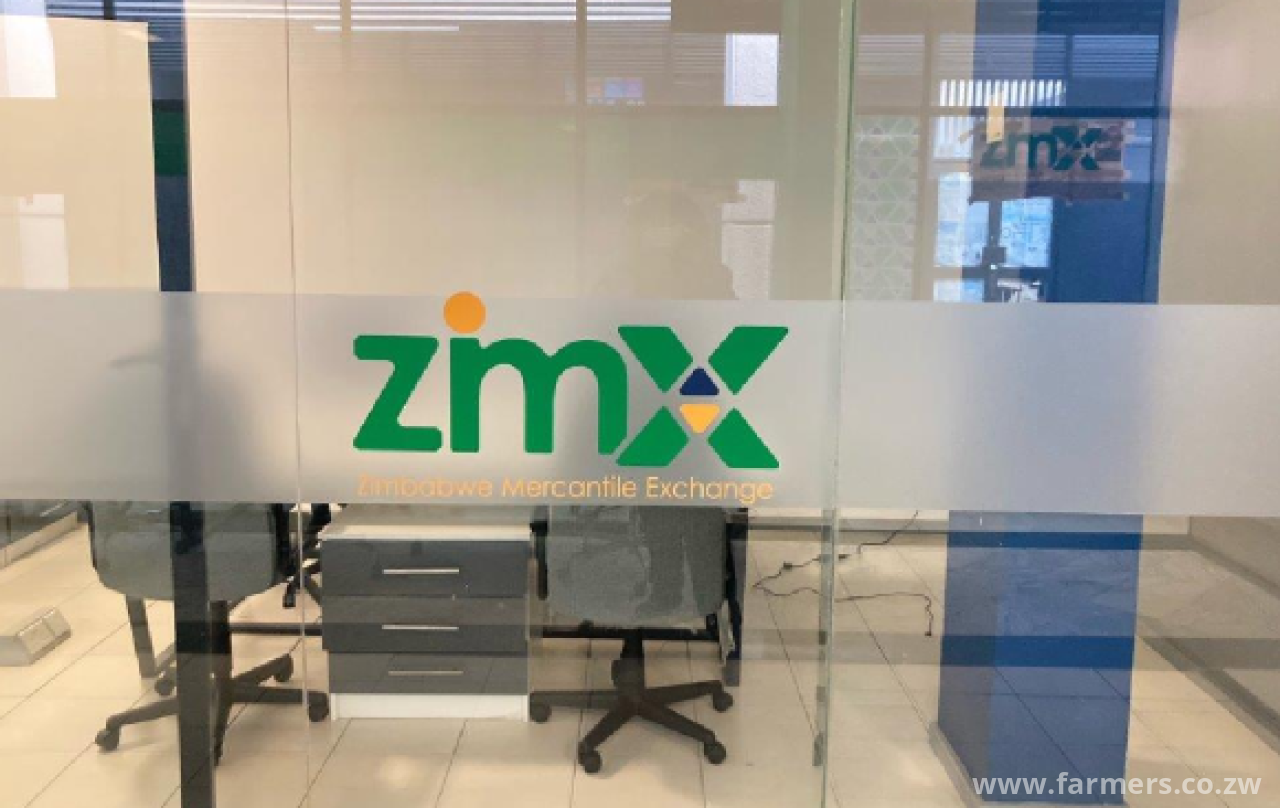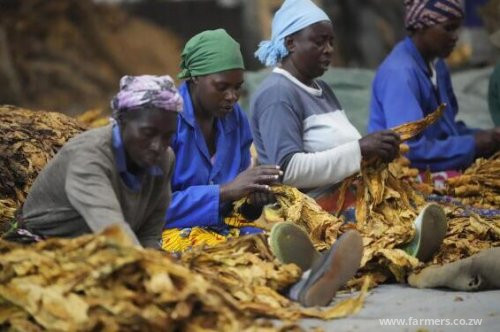ZMX sees soaring grain demand amid supply constraints

THE Zimbabwe Mercantile Exchange (ZMX) witnessed a surge in demand for grain commodities in last week’s trading, underscoring a dynamic shift in the country’s agricultural commodity markets.
According to the latest ZMX Weekly Bulletin for the week of June 9 to 13, buyer interest in maize and soybeans exceeded the available supply.Maize, the staple grain, recorded a firm demand of 80 770 metric tonnes (MT), while supply lingered at a modest 9 092MT, leading to a discrepancy, resulting in increased market activity.Experts believe this is likely to support price stability or potential appreciation, even as the average price dipped slightly to US$340 per MT.
Similarly, soybeans also displayed strong demand, with 6 315MT sought by buyers against a meagre 160MT availability.“The market is currently witnessing robust demand for several agricultural commodities, particularly maize and soybeans. This heightened demand fosters a competitive atmosphere among buyers,” ZMX said in its weekly bulletin.
“Notably, the demand for maize has surged to 80 770 MT, outpacing the available supply of just 9 092MT. This stark imbalance highlights strong buyer interest in maize, which could exert upward pressure on prices.”The heightened demand is attributed in part to recent reforms and market liberalisation efforts that have opened new opportunities for farmers, financiers and traders.Before ZMX came on board, most grain agricultural trading was specifically conducted through the Grain Marketing Board.
However, the constant delays in paying farmers for grain deliveries have forced the government to explore alternative marketing arrangements, including the ZMX.
ZMX’s initiatives, such as warehouse receipt discounting and a new market-making framework, are injecting liquidity and improving access to structured finance for market participants.
These mechanisms are enabling better risk management and encouraging more producers to bring grain to certified storage and eventually to market.
Despite downward pressure on prices, soybeans fell by 1,54% to US$510 per MT with market confidence remaining high among market players.
Consequently, analysts suggest that the robust demand, coupled with evolving trade infrastructure, positions ZMX as a pivotal platform in stabilising agricultural markets in Zimbabwe.
The imbalance in supply and demand, however, is not limited to maize and soybeans, as wheat and other essential commodities such as rice and sunflower are also experiencing constrained availability.
This further reinforces the urgency for increased domestic production and more efficient distribution.
“However, the limited supply of critical commodities such as wheat, sunflower and rice poses potential challenges for buyers. The scarcity of these items may intensify competition for existing stocks, potentially leading to price fluctuations and disruptions in the supply chain.” ZMX said.
With Zimbabwe’s grain prices largely in line with regional averages, the country is poised to strengthen its participation in cross-border agricultural trade. There is, however, a limited supply, which remains a bottleneck and might have negative effects as the buyers try to navigate the market in the coming weeks.
“At US$340 per tonne, Zimbabwe’s maize price is aligned with regional averages, positioning it as moderately competitive. This reflects a stable market environment where local production meets regional demand effectively,” ZMX said.
Zimbabwe’s soyabean price of US$510 also falls near the regional average. This competitiveness is crucial as it allows Zimbabwean farmers to participate actively in the regional market, potentially boosting exports.”
However, ZMX warned that a decrease in maize and soya bean prices and lower wheat prices might influence future production.
ZMX urged stakeholders to monitor these trends closely to make informed decisions regarding planting, marketing and pricing strategies in the coming months.





